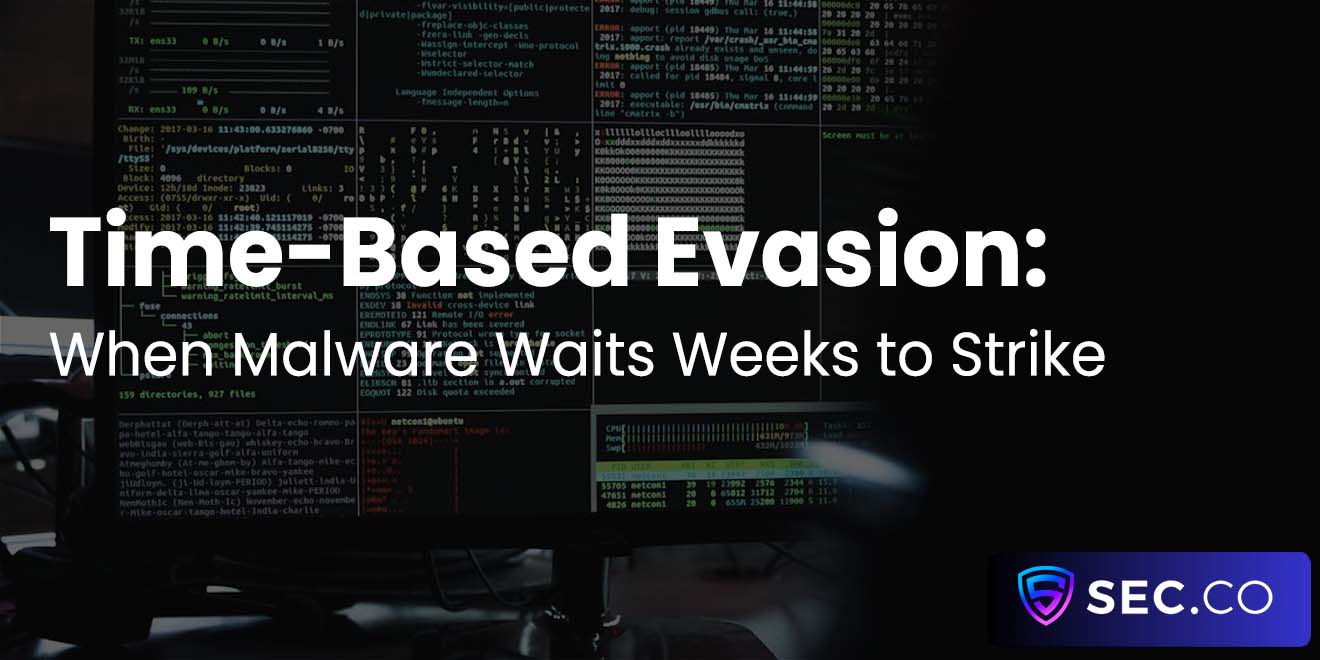Threat Detection With YARA: Advanced Use Cases
If you’ve spent any time in cybersecurity, you’ve likely heard of YARA. Originally created by VirusTotal’s Victor Alvarez, YARA has evolved into something of a Swiss army knife for threat hunters. On the surface, it helps analysts and security professionals identify and classify malware by creating signatures (or “rules”) that zero in on specific file patterns. Once you dig deeper, however, you’ll realize YARA’s power goes well beyond basic file matching.
Its ability to detect suspicious indicators on a granular level makes it a staple in advanced malware hunting, incident response, and even threat intelligence operations. This article explores some sophisticated ways YARA can be used to fortify your organization’s defenses. After all, threats aren’t always what they seem, especially when adversaries use creative methods to evade detection. Let’s look under the hood and see how YARA can be leveraged for advanced threat detection use cases.
Why YARA Still Matters
Some people assume that because there are more “polished” enterprise solutions—like commercial endpoint detection and response (EDR) tools—YARA’s place in a security strategy is strictly limited to niche operations. That assumption couldn’t be further from the truth. YARA rules can be used almost anywhere if you play your cards right. You can integrate them into your incident response pipelines, host-based intrusion detection systems, or even as part of routine vulnerability assessments.
YARA’s power hinges on its simplicity: you write rules that define the specific strings or characteristics you want to hunt for, and YARA alerts you when it discovers those signs. This straightforward methodology is flexible enough to adapt to sophisticated threats, while still being accessible to smaller security teams.
Advanced String Matching and Beyond
When people think about using YARA, string matching is often top of mind. But YARA’s functionality is not limited to looking for text strings in binaries. If you’re dealing with advanced persistent threats (APTs), it’s crucial to hunt for a variety of indicators, including file hashes, registry keys, or even certain code structures.
YARA includes features like “pe” module for analyzing PE files (often used in Windows environments), the “elf” module for Linux binaries, and more. You can also tap into metadata or attributes, using them as conditions for your rules. For instance, you might write a rule that says: “If the file is a Windows PE file and it references these particular function names, raise a flag.”
One of the best ways to stay ahead of adversaries is to combine multiple conditions in YARA rules. Instead of just searching for a single malicious string, you can require multiple indicators to be found in the same file. This approach reduces false positives while ensuring you won’t miss cunning, well-disguised malware samples.
Memory Scanning: Catching Threats in Real Time
One of the biggest leaps forward with modern YARA usage is memory scanning. It’s not enough to scan static files if your adversaries are running code straight from system memory or if some threat has temporarily morphed itself to avoid leaving behind obvious file signatures. Memory scanning can reveal malware that disguises itself on disk or injects code into legitimate processes. Security teams can integrate YARA memory scanning in multiple ways.
Some endpoint detection tools can run YARA rules over memory snapshots, allowing you to see if a suspicious process is harboring harmful code. Alternatively, if you prefer a more hands-on approach, you can manually dump process memory, then apply YARA rules to the dump. You’ll often find that memory scanning yields less noise, because you’re focusing on actively running processes, which is a narrower scope than scanning an entire file store.
Hunting for Fileless Malware
Fileless malware is often talked about with a palpable sense of dread in the cybersecurity field. Rather than storing malicious code on the disk, threat actors hide their code in memory or leverage legitimate system tools (like PowerShell) to launch attacks. YARA has become a game-changer here.
By writing rules that focus on suspicious script commands, unusual process behaviors, or abnormal memory signatures, you can zero in on malicious activity without having to rely on a malicious EXE file being present. This approach is particularly helpful in larger organizations where you can’t lock down every single script or process but still need to differentiate routine tasks from those that are likely nefarious.
Integrating YARA With SIEM and SOAR
Another advanced use case involves connecting YARA to your Security Information and Event Management (SIEM) and Security Orchestration, Automation, and Response (SOAR) platforms. Rather than waiting for suspicious files to make themselves known, you can proactively “push” YARA scans across critical endpoints in your environment. If a certain rule triggers, that alert can feed directly into your SIEM.
From there, automated playbooks can kick off in your SOAR solution, triggering steps like isolating an affected endpoint, capturing logs, or notifying the teams who need to respond. This orchestration can dramatically cut response times. In a large enterprise setting, investigating a single suspicious file or event can snowball into a major time sink. But with well-designed YARA rules integrated into your overall security pipeline, you’ll weed out false alarms quickly and flag legitimately suspicious items for immediate follow-up.
Reverse Engineering and Malware Analysis
Reverse engineers sometimes use YARA in labs or sandbox environments to classify unknown binaries. If you feed a suspicious sample into a sandbox, you can simultaneously apply YARA rules that look for known malicious patterns or even newly uncovered IoCs (indicators of compromise) from your latest threat intelligence. In this scenario, YARA rules can help you quickly identify malicious library calls, encryption routines, or known code fragments that indicate a connection to a known piece of malware.
For instance, if you’re analyzing a piece of ransomware that shares code or packing techniques with a known family, a robust YARA rule might immediately point you in the right direction. That jump-starts your reversing process, since you can skip the guesswork and focus on relevant code segments.
Crafting Quality YARA Rules
It’s easy to write a basic YARA rule, but crafting high-quality ones that stand the test of time is trickier. You’ll want to:
Keep rules as concise as possible while still capturing all critical indicators. Avoid using so many strings or conditions that you end up with rules that rarely match anything or that bog down system performance.
Use condition blocks that factor in multiple indicators (e.g., the presence of certain strings, certain hashes, or suspicious imports) to reduce false positives.
Version your rules, especially if you’re working in a large team. You don’t want a massive library of outdated or redundant YARA rules to clutter your environment.
Test thoroughly. Run your YARA rules against known benign files and widely used legitimate programs. If you see a high number of false positives, refine your conditions.
Cutting Through Evasion Techniques
Some adversaries use packers or obfuscators to trip up standard YARA detection. This can be frustrating, but it’s not the end of the road. You can still create rules that look for unique patterns in how the packer behaves, or how the malware decompresses in memory.
That might mean focusing on unusual section names, suspicious function calls, or cryptographic routines that appear during runtime. In short, just because the file is hidden behind layers doesn’t mean YARA can’t spot fingerprints of malicious activity.
Making YARA a Staple in Modern Cybersecurity
As threat actors keep refining their tricks, teams must stay a step ahead. The reason YARA remains relevant is its adaptability. Whether you’re scanning memory for signs of injection, sniffing out fileless malware, correlating suspicious events through a SIEM, or diving deep into reverse engineering, YARA is like a flexible framework you can shape to your needs. That’s a powerful advantage in a field where no two attacks are identical.
If you’re new to this or you’ve only dabbled in YARA’s capabilities, consider giving it an expanded role in your detection stack. Think about the types of threats you see most often and tailor your rules to pick up on those specific tactics, techniques, and procedures. Integrate YARA scans into workflows you’ve already established—like routine log analysis or endpoint scanning—and see how much faster you can respond to incidents.
Trusted by the Web Community
See what we written lately
Request an invite
Get a front row seat to the newest in identity and access.















